In an Italian restaurant, veteran keeps memory of Los Banos Rescue alive
By Cristina DC Pastor
The 1945 Rescue at Los Banos is a little-known POW mission in Philippine-American history. It is not nearly as religiously memorialized as the January 30, 1945 Cabanatuan Raid, which freed about 500 Allied soldiers and survivors of the Bataan Death March. But like Cabanatuan, Los Banos was harrowing as it was triumphant: the daredevil rescue of about 2,100 Japanese prisoners – many of them civilians — by the combined forces of the U.S. Army’s 11th Airborne Division and Filipino guerrillas. It happened in the early morning darkness of February 23, 1945, ending almost three years of the POWs’ near-death experience in the hands of their captors.
Eighty-eight-year old Frank Forlini of Yonkers is one of the surviving members of the 11th Airborne. As a paratrooper, Frank belonged to the 187th Infantry of the 11th Airborne, which came to be known as the “Rakkasans,” a Japanese word which literally means “umbrella men,” because there was no equivalent translation for parachute. Historic accounts describe their Philippine tour of duty as a “superb” success. In a letter to the unit, (ret.) Gen. Colin Powell said: “I doubt that any airborne unit in the world will ever be able to rival the Los Banos prison raid. It is the textbook airborne operation for all ages and all armies.” Succeeding units of the Rakkasans would later be deployed to Korea, Vietnam and the Operation Desert Storm in 1991.
Every year since 1980, the 11th Airborne would hold a reunion in New York. The first year, it was held in Los Banos and succeeding years at Forlini’s, the family-owned Italian restaurant in Downtown Manhattan. Over Cab Sauvignon and calamari, the remaining members and some Filipino war veterans from New York and New Jersey and would gather to recall a time they became liberators to men of war, a time when they were truly the “angels at dawn” (the title of a book on the 11th Airborne by retired Lt. Gen. E.M. Flanagan). They would be joined by some Maryknoll nuns who were among the thousands they helped go free.
TF: What was your role in the 1945 rescue at Los Banos?
FF: I did not take part in the Los Banos Raid itself. I was injured on February 3, 1945 at Tagaytay Ridge on Highway 17 when we were ambushed by the Japanese. I was shot in my left leg and had shrapnel wounds in my neck. I was moving up Highway 17 with tanks and units of artillery observers when all of a sudden we were ambushed by the Japanese who had hidden themselves on the right bank of Highway 17. Fortunately, I was very thin and was able to take cover in shallow ground. However, the shrapnel from a knee mortar hit me in my left heel.
Capt. Lyman, who was my commander, turned to me and said, “Forlini, I am hit in the jugular vein, and unless I get to a doctor in 10 minutes I’m dead.” When I was crawling back I saw Hoffman (a trooper) had been hit with four or five bullets in one leg. Then I saw another trooper bleeding from the head and in a ‘shell shock.’ I got to the Jeep and asked for the driver. I told him about the people who needed medical attention immediately. We started to crawl to the Jeep and pick up Hoffman and the trooper. Our main concern was Capt. Lyman as he had blood all over him. The medic came and took all of us in an ambulance and we were driven to Nasugbu General Hospital.
I recuperated at the 44th General Hospital in New Caledonia, then a French colony in the Pacific. After two months there, I was shipped back to the States, limping from the shrapnel that hit my heel. On December 14, 1945, I was discharged.
My regiment, the 187th division, became known as the “Rakkasans,” and we served in Korea as well. I received a U.S. Congressional Citation for heroism.
TF: Of the 2,000-plus interns rescued in Los Banos, reports say about 50 were Maryknoll sisters.
FF: Yes, and my old army buddies and I kept in touch with the sisters for many years. We visited them at their home in Ossining, NY several times and some of them would come to the Los Banos Reunion at Forlini’s Restaurant in New York.
TF: How many members are still around?
FF: I don’t know the exact numbers. But among those who attended our reunion, we had John Noonan, a Master Sergeant when he was in the Philippines. He is now the administrative law judge at the Social Security Administration in the Bronx. Among the civilian survivors, there’s retired Jesuit priest Fr. John Ruane. He was a 24-year-old priest at the time of the rescue. There’s also Fred Diaz, a Filipino war veteran who fought in Bataan and who is now a resident of New Jersey.
TF: What’s the annual reunion at Forlini’s like?
FF: It is always held in February. There are a few of us older World War II veterans around who try and make it every year. Even after some of our members pass on, their families still make it to the reunion to honor their memories and visit old friends.
The reunion features presentations by members and guests — such as a history of the raid, news about other paratrooper regiments, update on American military cemeteries around the world, and so on. My son-in-law, John Cipollina, collects memorabilia from WW II and brings his latest findings to the reunion. Once he brought a WW II-era parachute and uniform, and samples of the money that Japanese government said the Philippine people used during the war.
TF: What’s your most endearing memory of the Filipino people?
FF: I remember their warmth, their honesty, and their great spirit. They were very nice to me. They tried to help us soldiers as much as they could. They shared their food and their appreciation. I visited the Philippines back in 1980 for a reunion and it was wonderful. The people were friendly, warm, and it was so nice to see the beautiful country.
TF: How did you come to have a restaurant in Manhattan?
FF: My father started with a small bar in 1943. When I was discharged from the military, I started as a bartender. My brother Freddie and I took over and expanded it into a restaurant featuring Italian cuisine from our region of Northern Italy, Piacenza. It has been at the same location at 93 Baxter Street since 1956. It’s a family restaurant that has been patronized for years by the mayor’s office, then District Attorney Robert Morgenthau and his office, all the judges and their staff and the offices of the city and state municipalities in the area.
TF: How do you keep busy?
FF: I spend my time with my family. I keep busy by playing cards and attending senior citizen events at my local church.
TF: When you think about the devastation that’s happening to Japan right now and the imperial Japan of WW II, what thoughts come to your mind?
FF: I feel sorry for the Japanese people who are suffering right now.
Frank Forlini’s wife, Louise, passed away in 2009. They have seven children, 13 grandchildren and six great-grandchildren. Although he seldom comes to his restaurant, by now a Chinatown landmark, Frank makes it a point to visit every February when the reunion comes around.

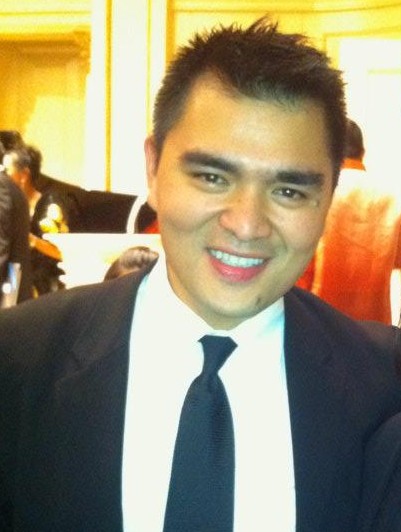
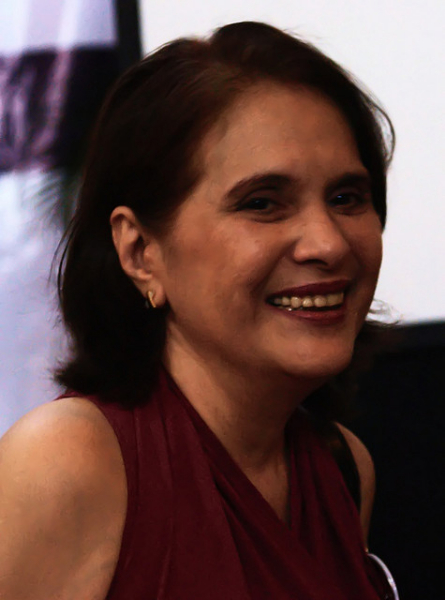
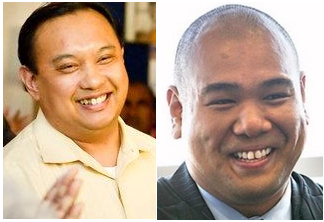
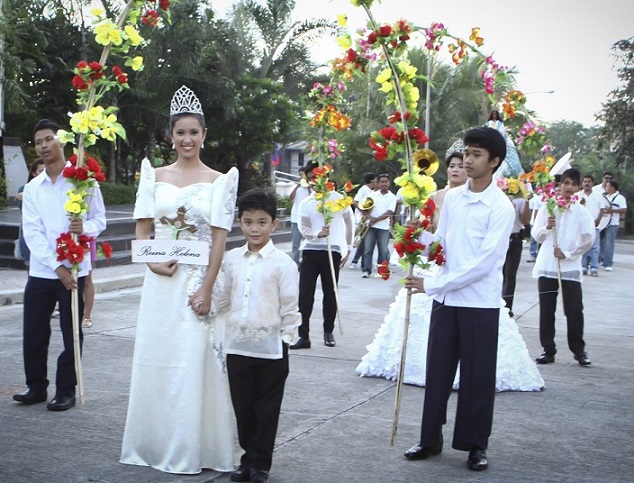

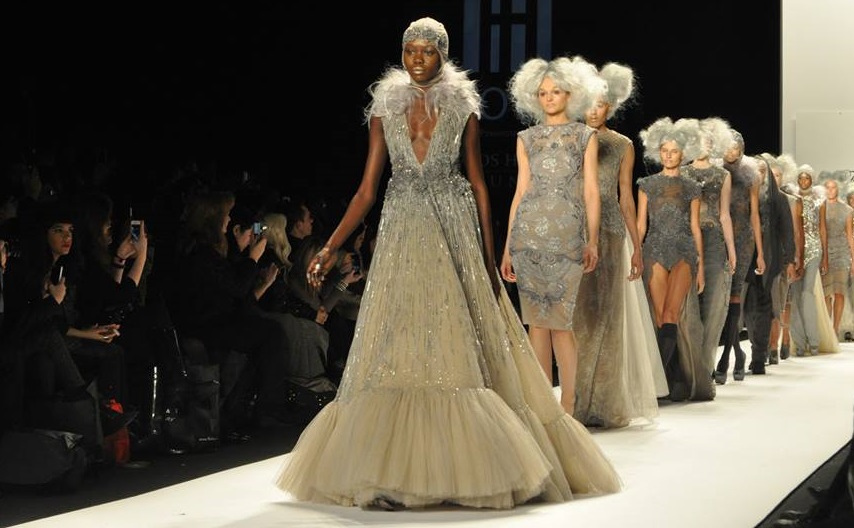

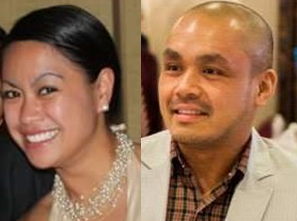

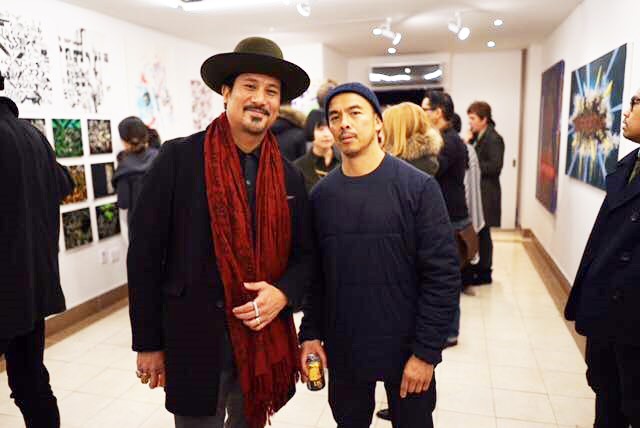
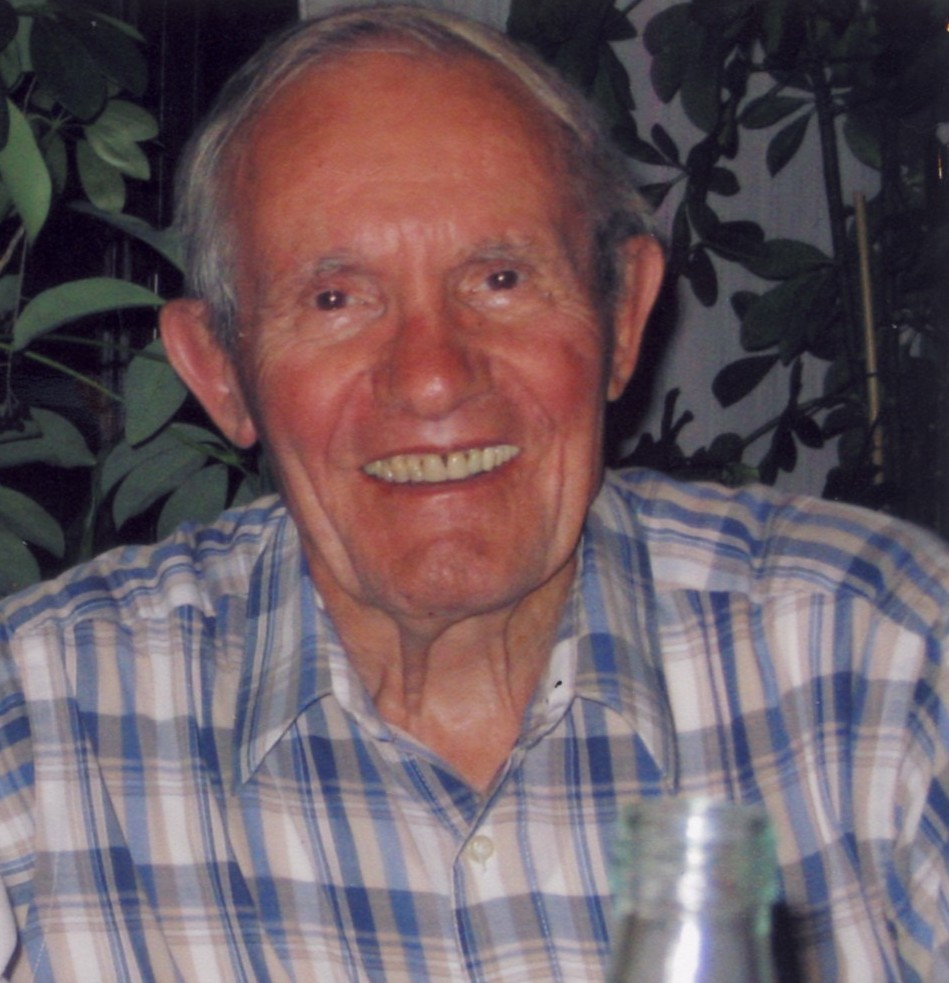
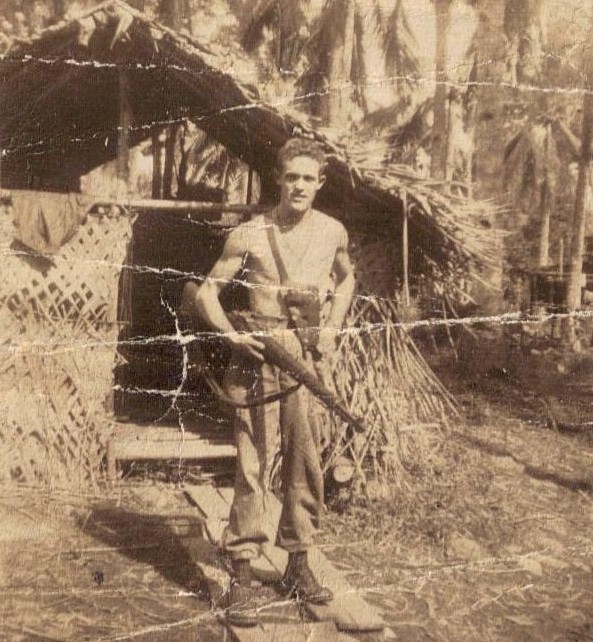
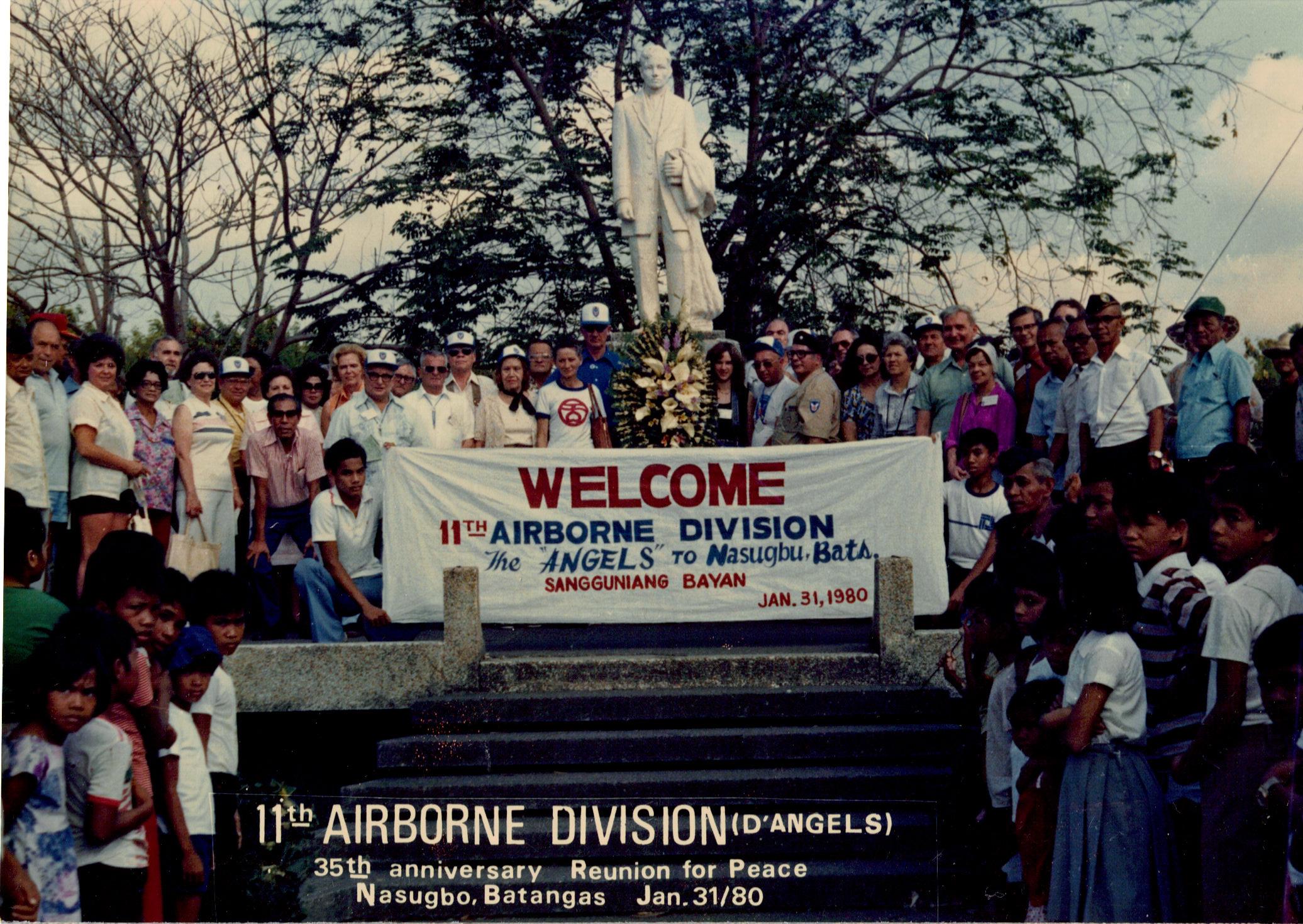

[…] Consulate have had occasion to work with Ruane on several historical projects. He would join the annual reunion of surviving veterans and internees of the Los Banos Rescue at Forlini’s restaurant in Manhattan, […]
This was an amazing story, and I believe this FRANK is the father (?) of Frank Forlini Jr. who attended Cardinal Spellman H.S. with me in the Bronx. And if he IS, he should please contact me as we have some classmates who have been seriously trying to track him down to reconnect and wonder where or how he is doing. They include me, Raymond Ascoli, and classmates from our 1978 graduating class. We would love to have contact info for Frank – phone or email. If anyone read this…please pass our request along. Many thanks!!!!